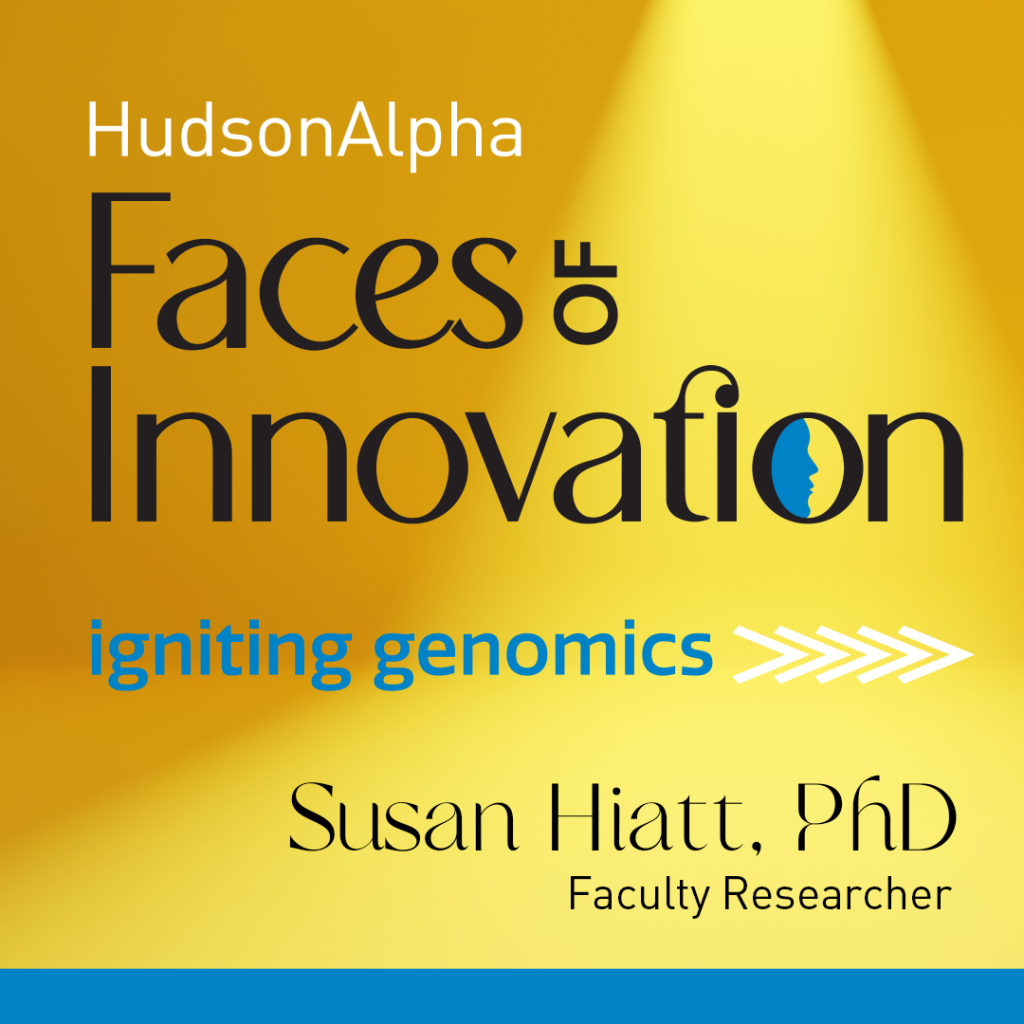Thirty years ago, in December, 1984, Richard Myers was battling a nasty case of altitude sickness. At the time a young postdoctoral scholar, Myers, joined 18 other researchers at a gathering 8,500 feet above sea level, at the Alta ski resort near Salt Lake City, Utah.
The weather outside was stormy, and the scientists spent much of the five days of the meeting, which was organized by the Department of Energy and International Commission for Protection Against Environmental Mutagens and Carcinogens, snowed indoors.
The participants had gathered to discuss the repercussions of an event nearly 40 years earlier: Was it possible to track radiation-induced mutations in the DNA of the descendants of those exposed to the atomic bomb in Hiroshima and Nagasaki? At the height of the cold war, the question was pressing. For how many generations did the echo of such radiation exposure linger?
The answer, unfortunately, was elusive. Technology at the time was too limited to accomplish such a task. But discussions at the small meeting, which came to be known as the Alta Summit, sparked one of the most massive, most successful, and most expensive biological research endeavors in human history — the Human Genome Project.
It also changed the course of Myers’ career, from biochemistry to human genetics. Now the director and president of the HudsonAlpha Institute for Biotechnology in Huntsville, Ala., he and other young researchers played a pivotal role in the subsequent sequencing effort. He co-led one of the first human genome centers in the United States and his lab, together with the newly formed Joint Genome Institute in Walnut Creek, California, was eventually responsible for sequencing about 11 percent of the genome, including all of chromosomes 5, 16 and 19.
In the thirty years since the meeting, researchers not only learned the entire sequence of the three billion nucleotides that make up the human genome, but they’ve also sequenced thousands of other species. They’ve learned to compare and contrast genome sequences among and within species to trace evolution’s winding path, and they’ve begun to shine a light on what has been called the “dark matter” of human DNA. They’ve compared populations from around the globe to discover ethnic and racial differences critical to the success of personalized medicine, and they’ve learned new ways to improve crop productivity to feed an ever-growing world.
They’ve also increasingly relied on large national and international collaborations to tackle unwieldy projects that would be impossible for any one lab or private company to complete alone. The Human Genome Project also set new standards for data sharing and paved the way for public and private research partnerships.
“The HudsonAlpha Institute rests on the foundation established by the Human Genome Project,” said Myers. “A major focus of the institute is to use the subsequent advances in sequencing technology to make a difference in human health and disease, including brain diseases, cancer, autoimmune conditions and heart disease. Last year alone we analyzed more than 2,500 whole human genomes. We collaborate with hundreds of scientists around the world, and have launched more than 2000 projects with groups around the world. All this was unthinkable 30 years ago.”
Myers was one of the youngest participants at the meeting, and he’d been trained in biochemistry rather than human biology. He’d been encouraged to go to the five-day meeting by his postdoctoral advisor at Harvard University, Tom Maniatis, Ph.D., who recognized that Myers’ work in identifying point mutations in short stretches of DNA could be of interest to the other participants.
“I’m not a shy person, but I was a little intimidated,” said Myers. “I didn’t know anything about human genetics. I gave my talk about half way through the meeting, describing the two methods I’d worked on to detect DNA mutations, and they all got very excited. The veterans at the meeting thought that this might be the best way of monitoring small changes in the genome. However, although it was much more efficient than previous methods, it still wasn’t a practical way to scan the entire genome. Furthermore, we realized that no one knew what the base rate of mutations was in humans.”
Other researchers at the meeting, including George Church, who had recently received a Ph.D. from Harvard University, and David Botstein, from the Massachusetts Institute of Technology, explored pulsed-field gel electrophoresis, restriction fragment length polymorphism, flow cytometry and immunofluorescence as ways to parse the location and effect of mutations in the human genome.
“For three days, we never stopped talking,” said Myers. “Our conclusions, at the end of the meeting, were sobering. We were excited about the potential inherent in the technologies we had discussed, but even then realized that this was going to be a very long haul. But we knew it was going to be worthwhile.”
The scale of possibility at the HudsonAlpha Institute shows how far the technology has come. The institute recently purchased ten ultra-high-throughput sequencers from Illumina, Inc. Together, the sequencers can sequence about 18,000 human genomes each year, at a cost of about $1,500 each.
“As always, HudsonAlpha is focused on collaboration and data sharing,” said Myers. “We don’t function as a silo; we spread the information around. We’re also heavily committed to the idea of public and private collaboration. HudsonAlpha presents a unique model of a non-profit research institute. We actively recruit private companies to share our space, and we now have 27 here with us. There’s a lot of cross pollination that occurs, when our faculty members interact with the company researchers.
“I can’t believe how much faster and easier it’s been in the six years that I’ve been a part of HudsonAlpha. We’re extremely excited at the potential to transform human health and crop biology. We are still growing and working to be on the front of the discovery wave.”


